The Scientific and Behavioral Reasons Why Cats Love to Sit on Laps
The phrase lap cat has been around for a long time, used to refer to a cat that loves to curl up and rest on a person’s lap. The term became common in the 18th and 19th centuries, when cats started being kept as pets instead of just for catching mice.
If you’ve ever had a cat stretch out across your legs, you’ve seen the behavior yourself. Cats sit on laps because they feel safe, warm, and connected to their favorite person. There’s a lot happening biologically that isn’t always apparent at first.
Here’s a closer look at why cats keep claiming our laps as prime real estate.
Scent Bonding Through Proximity
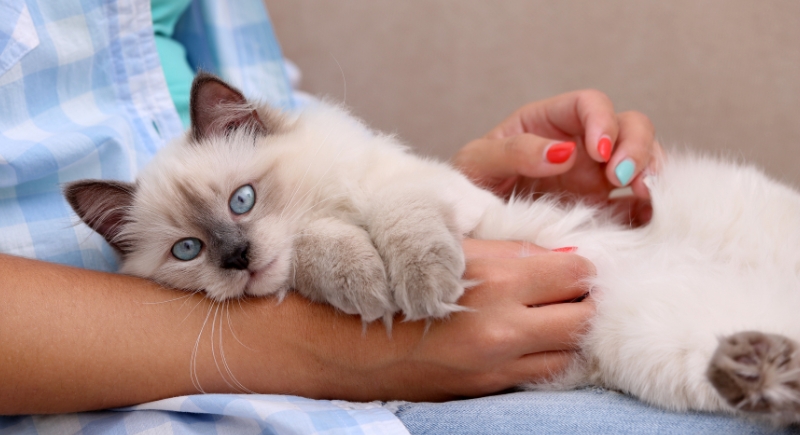
Credit: pixelshot
Cats use scent as a communication tool, and sitting on your lap is one way they reinforce your shared scent profile. They have glands on their cheeks, paws, and tail base, so a lap session is a low-effort way for a cat to “mark” you.
Body Heat Helps Conserve Energy
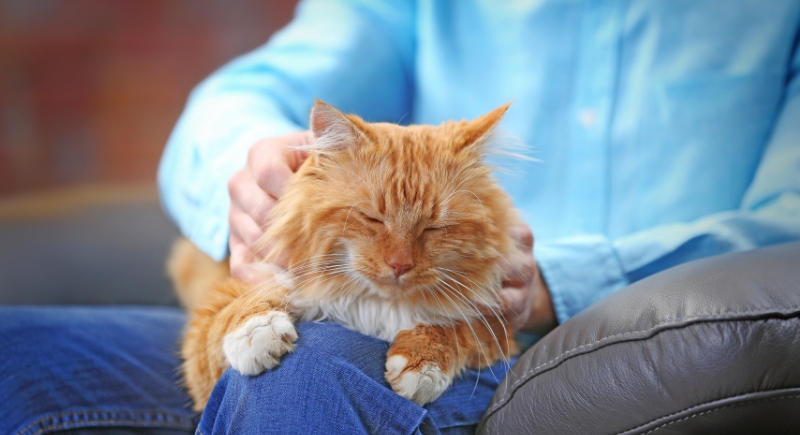
Credit: pixelshot
Felines have a higher resting body temperature than humans, typically ranging between 101 and 102.5°F. While that keeps them agile, it also costs energy to maintain. Your lap, conveniently heated and soft, provides an energy-efficient heating pad.
Secure Sleep With Elevated Vantage
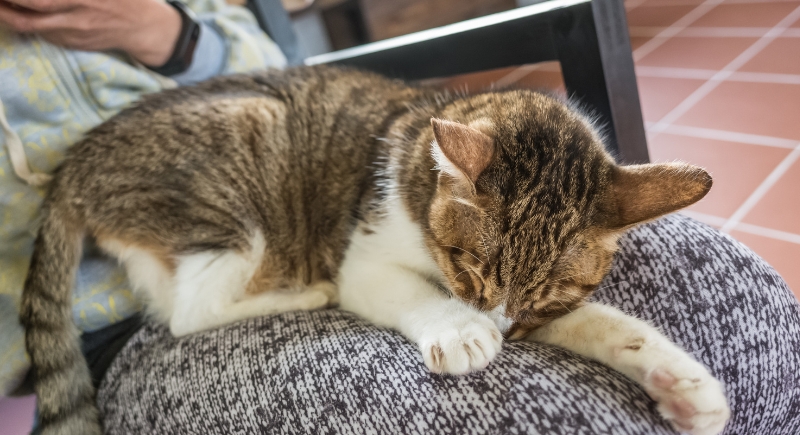
Credit: Canva
In the wild, cats pick sleep spots with strategic views. Your lap offers a height advantage above floor level, which minimizes their exposure to potential threats. While the average living room doesn’t hold much danger, their instincts still push them toward places that feel protected.
Reinforcement Through Routine
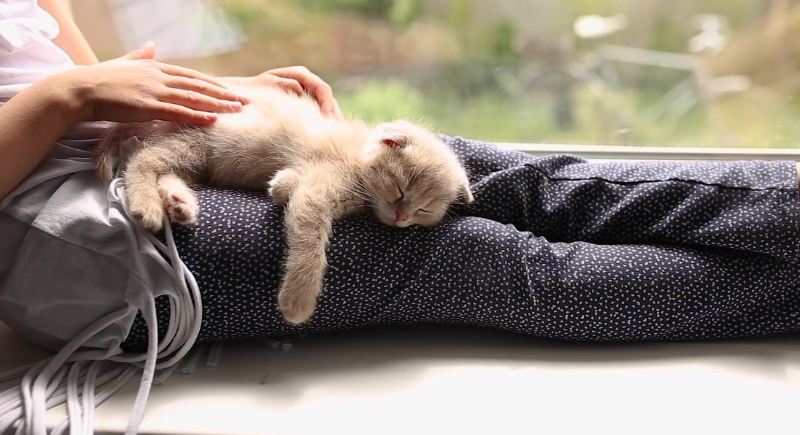
Credit: Canva
Cats thrive on habit. If your lap once provided a warm, quiet resting place at a predictable time, they’ll likely return to repeat the experience. This behavior is reinforced through positive associations, such as petting or treats.
Trust-Driven Behavior
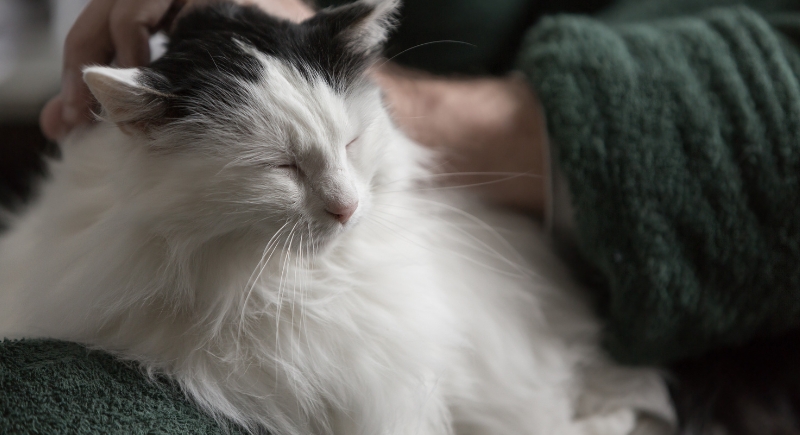
Credit: Getty Images
Choosing to sleep in your lap puts a cat in a vulnerable position. They can’t easily see behind them, and they’re close to a moving, unpredictable creature—you. This behavior signals trust at a high level. It suggests the cat sees you as a safe part of their environment.
Desire for Affection, Not Just Contact
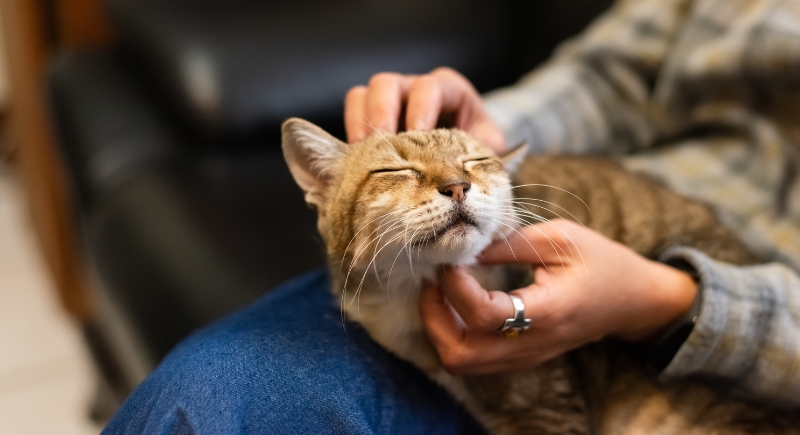
Credit: Canva
Touch activates social bonding hormones in cats, much like it does in humans. When they seek out your lap, it’s often a request for petting or gentle interaction. Many cats start purring before you even begin to stroke them, anticipating the attention that usually follows a lap visit.
Curiosity About Human Activity
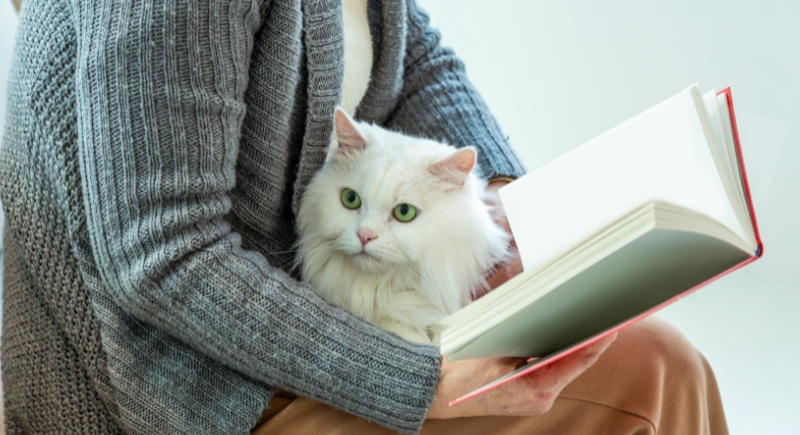
Credit: Canva
Laps are near the action. Reading, working, or relaxing on the couch places you in the center of household activity. Cats enjoy observing what you’re doing from a safe, central perch. By choosing your lap, they get both involvement and comfort, without needing to move much themselves.
Kneading Links to Kittenhood
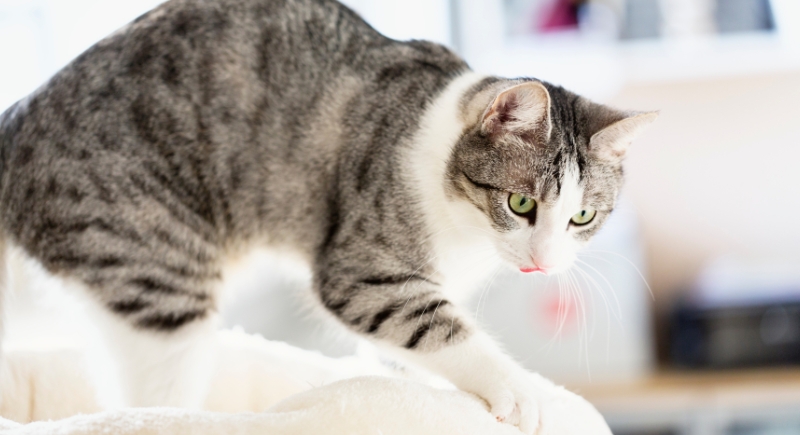
Credit: Getty Images
Kneading, sometimes called “making biscuits,” is a leftover behavior from nursing kittens who pressed against their mother to stimulate milk flow. When adult cats knead on your lap, they’re expressing deep-seated contentment and possibly reactivating early associations with maternal safety and care.
Core Territory Assertion
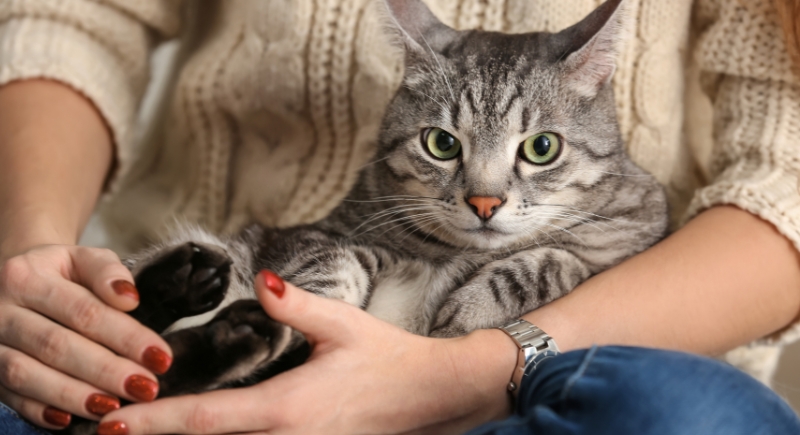
Credit: pixelshot
Your cat’s home is divided into zones: where they eat, where they sleep, and where they patrol. Your lap, especially if they use it often, becomes part of their core territory. By resting there and rubbing their scent on you, they help establish it as an extension of their safe space.
Low-Stress Social Engagement
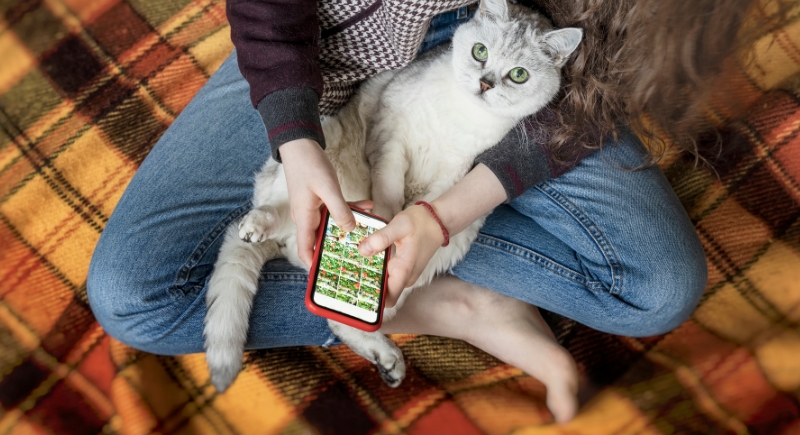
Credit: Canva
For socially selective cats, lap-sitting is a way to interact on their terms. It avoids eye-level contact or unpredictable movement and allows them to share space quietly. Unlike play or grooming, which require more energy, a lap session offers companionship with minimal effort.
Soothing Rhythm of Human Breathing
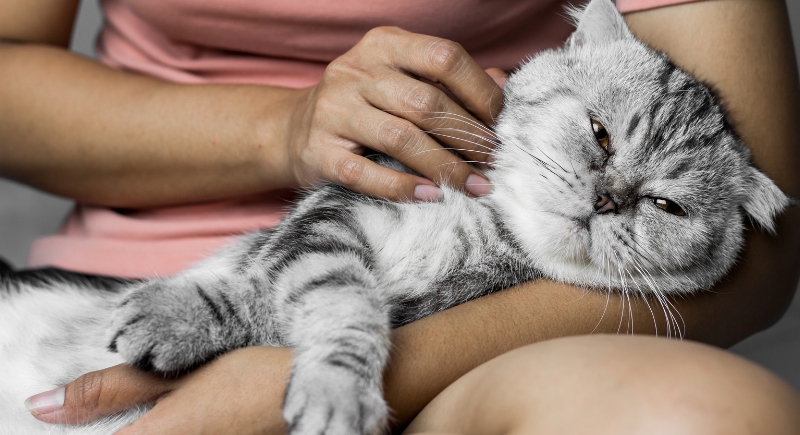
Credit: Getty Images
The steady rise and fall of your chest or lap can serve as ambient white noise. Cats often find rhythmic sounds and movement calming. Combined with warmth and familiarity, this sensory experience can be soothing enough to calm skittish cats.
Some Cats Just Like the Weight
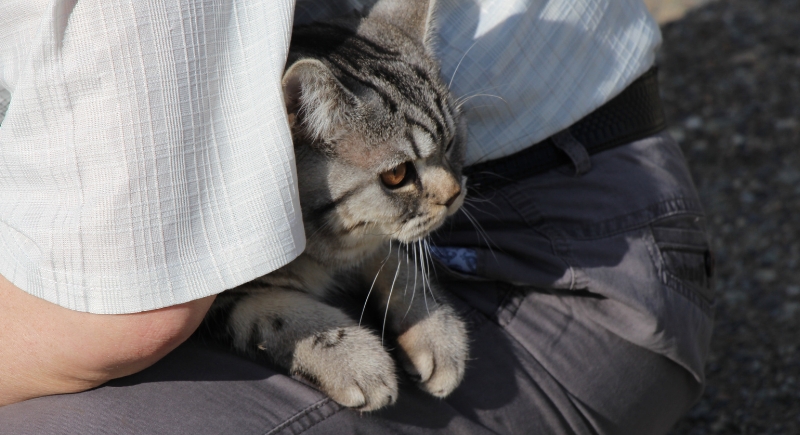
Credit: Getty Images
The slight pressure from sitting in a lap might appeal to certain cats in the same way weighted blankets soothe anxious humans. While it’s not fully understood, some cats seem more relaxed when they’re being held or are lying on something that presses gently against their body.
They’re Claiming You During Social Competition
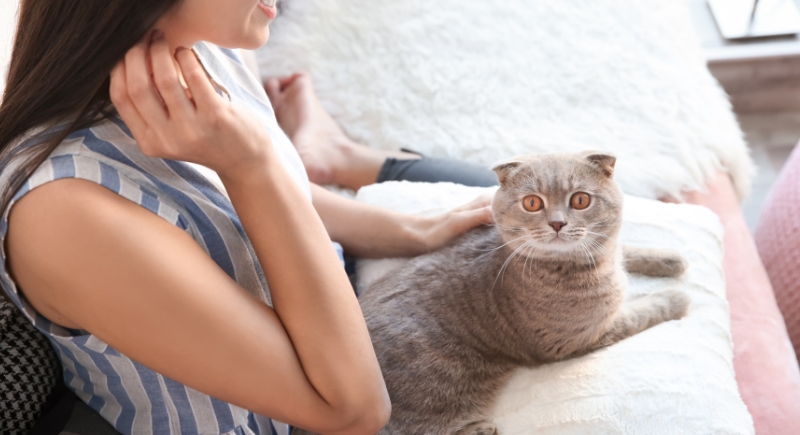
Credit: pixelshot
In multi-human households, lap sitting can be a competitive move. Cats often choose the person other pets are already near, or the one getting the most attention. It’s not jealousy in the human sense, but it’s a way of inserting themselves into the social dynamic.
Breed-Linked Cuddliness
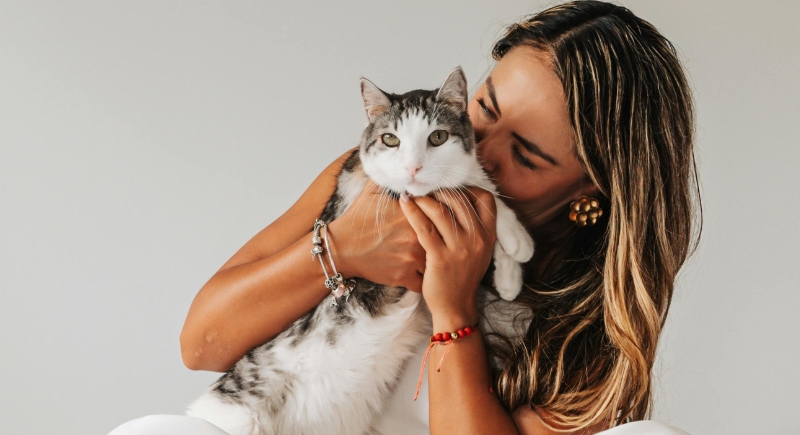
Credit: pexels
Some cats are genetically inclined to enjoy human contact. Breeds like Ragdolls, Birmans, and Maine Coons tend to be more physically affectionate, often following their humans or choosing laps as regular resting spots.
Health Clues Hidden in Habits
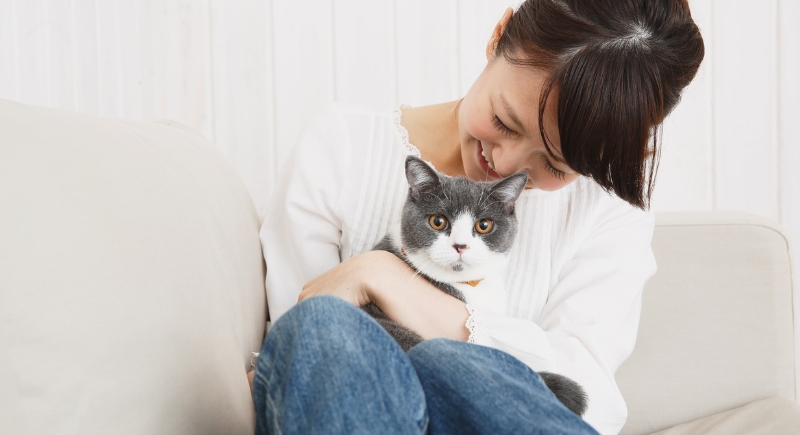
Credit: Canva
Sudden changes in lap behavior can hint at underlying health issues. A cat that constantly seeks your lap might be feeling unwell and looking for comfort. If they stop sitting with you altogether, it could signal pain or anxiety. Paying attention to lap habits can sometimes reveal more than purring or meowing alone.